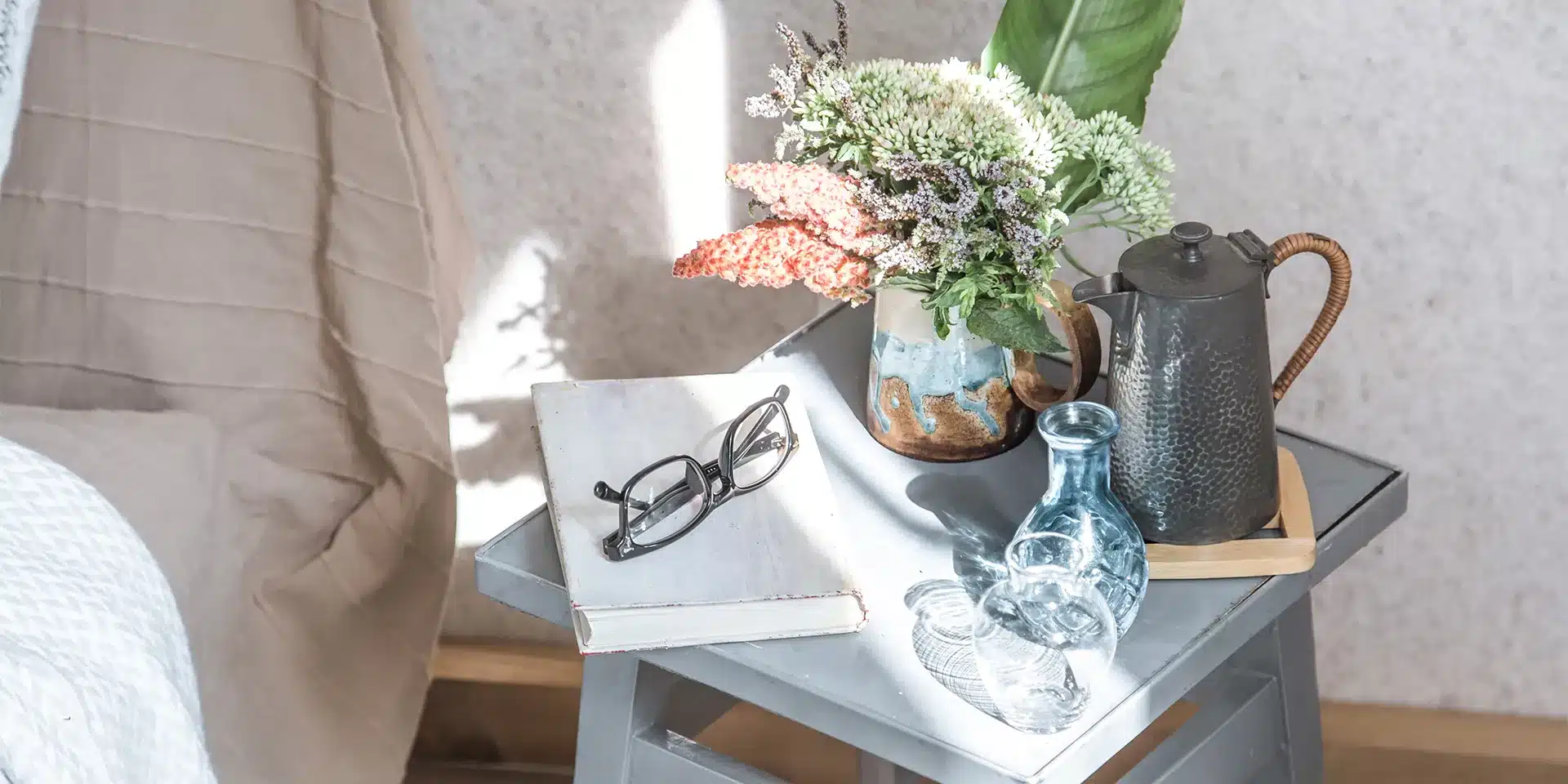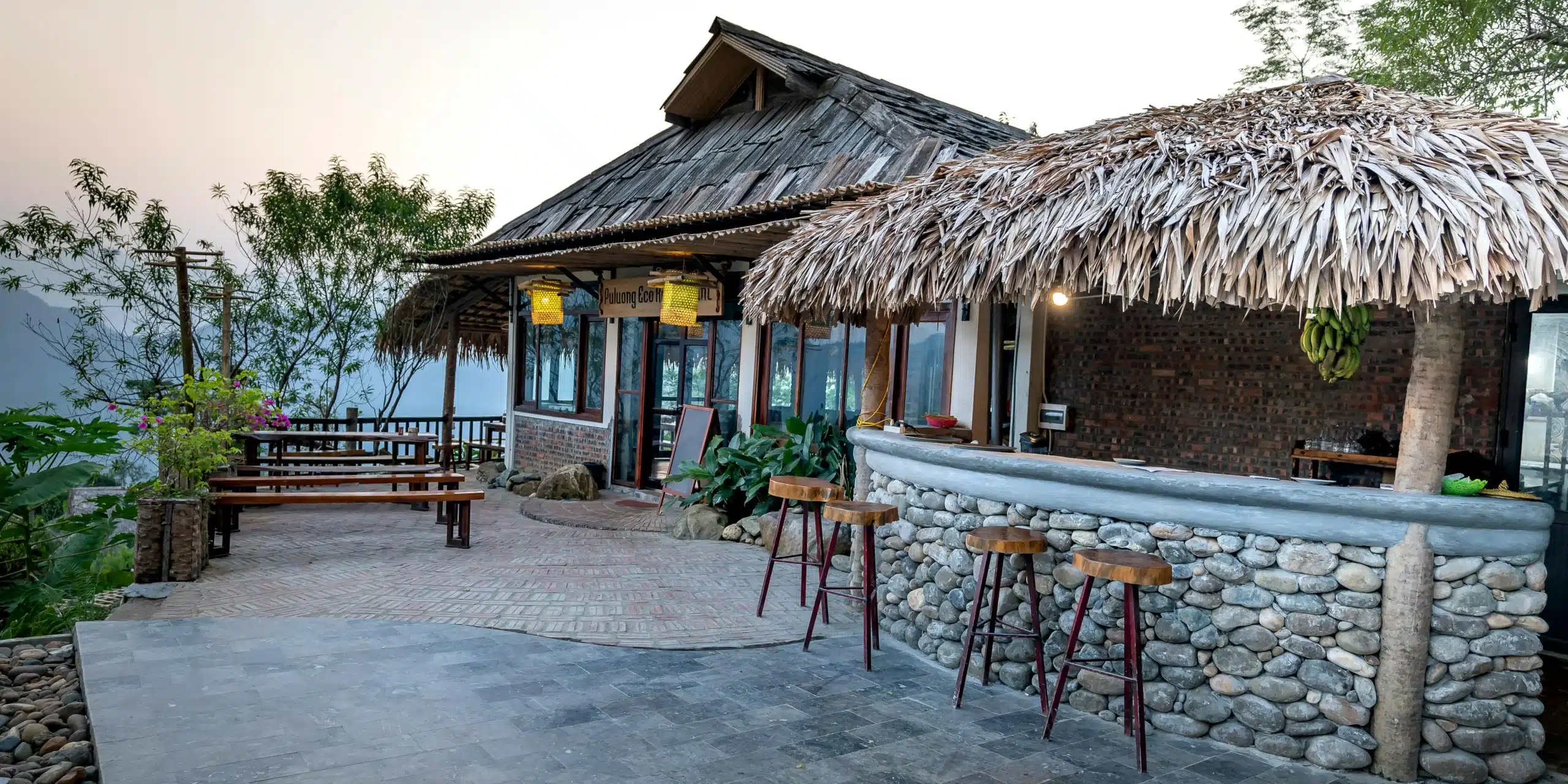Durable patio furniture should not only help us relax, but also ensure safety, adapt to various weather conditions, lower maintenance and replacement costs, and so on.
In order to meet the durability standards that can enter the market, patio furniture needs to pass a series of rigorous tests. Furniture durability testing consists of three items: material testing, mechanical testing, and environmental testing. Read on to learn how to get started with these three tests. If you are concerned about the durability of your outdoor furniture, you can also follow the guide to conduct these tests to ensure its quality.
Durability testing methods typically include material testing, environmental testing, and mechanical testing. Material testing can be further divided into two aspects: frame material testing and fabric testing. By testing outdoor furniture from multiple angles, the durability of outdoor furniture can be more scientifically and comprehensively measured.
Material Testing
Material testing covers the frame materials of outdoor furniture, such as metal, wood and plastic, as well as fabric materials.

Frame Material Testing
- Impact resistance test: To ensure the stability and safety of furniture during use, various frame materials are tested to see whether they will deform or break when subjected to external forces (such as weight, impact, etc.).
- Rust resistance test: Determine whether metal outdoor furniture is prone to rust in a humid environment to prevent corrosion during long-term use.
- Corrosion resistance test: Place furniture in a humid, salt spray environment to assess that they will not rot or be damaged within a certain period of time.
- Chemical resistance test: Testing furniture materials resistance to contact with substances such as chemical solvents, cleaning agents or pesticides and whether this will result in fading or surface damage.
- Fire resistance test: By conducting combustion tests on outdoor furniture frame materials under controlled conditions, the burning speed, flame spread and smoke generation are assessed to determine whether they meet relevant fire protection standards.
Fabric Material Testing
- Tear strength test: Use various forces to determine whether the fabric can remain intact during friction or impact, hence assessing tear resistance.
- Mildew resistance test: Test whether the fabric will be affected by mold or mildew after long-term use by simulating damp or wet conditions.
- Cushioning test: If the outdoor furniture is an outdoor sofa with foam filling, the compression elasticity test of the foam filling is also required. By applying a certain pressure and then removing the external force, it is assessed whether the foam can quickly return to its original shape and its original comfort and support.
Mechanical Testing
Mechanical testing for outdoor furniture is also essential. These tests simulate the stress and numerous movements that furniture is subjected to on a daily basis in order to guarantee that the furniture can keep its structural integrity over long periods of time while also providing safe and reliable performance under a variety of environmental conditions.

Structural Integrity
- Weight Capacity test: Use static load testing to determine the maximum weight that furniture can support. Apply a maximum load to the furniture and leave it there for a period of time (such as 24 hours or more) to see whether it can support the weight while maintaining structural integrity.
- Stability test: To prevent furniture from toppling over, manufacturers typically perform three types of tests: the first is a tipping test, in which the furniture is placed on an uneven surface; the second is a center of gravity test, in which the center of gravity is changed to simulate an asymmetric load; and the third is a wind equipment test or wind tunnel,which simulates strong winds.
Motion Testing
The furniture is simulated by tilting, rotating, folding, and so forth to mimic the activities that may occur when the furniture is really used. For example, whether the chair can be safely tilted, whether the spinning tabletop is smooth, and whether the folding sofa’s structure is stable. These tests ensure that the furniture does not get loose, trapped, or damaged during daily use.
Environmental Testing
To ensure that outdoor furniture maintains a good appearance and is usable in a variety of climates, manufacturers also need to conduct different environmental tests to verify the products’ long-term safety and durability.

UV Exposure Testing
Test the durability of furniture after long-term exposure to sunlight to ensure that the surface does not fade or degrade due to UV exposure.
Water Resistance Testing
The durability of furniture is evaluated by mimicking moisture and humidity conditions to ensure it will not swell, warp, or crack due to water stains or prolonged rain soaking.
Temperature Fluctuation Testing
Place the furniture in alternating high and low temperature conditions to simulate usage under temperature fluctuations and assess whether it will deform or suffer damage.
In summary, if you want to conduct furniture durability testing, you can start from these three aspects. Through these tests, you can pick out beautiful and durable outdoor furniture. They can perform excellently in various environments and bring you a comfortable & long-lasting outdoor experience.
FAQs
What is the most durable type of outdoor furniture?
The most durable outdoor furniture is usually made of poly lumber, hardwood, and other materials that are resistant to weather, corrosion, and water. They can withstand a variety of weather conditions and is resistant to fading, deformation, and decay after prolonged use.
What are the methods of durability testing?
Durability testing methods typically include material testing, environmental testing, and mechanical testing. Material testing can be further divided into two aspects: frame material testing and fabric testing. By testing outdoor furniture from multiple angles, the durability of outdoor furniture can be more scientifically and comprehensively measured.




